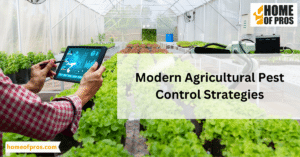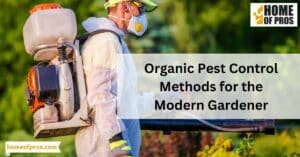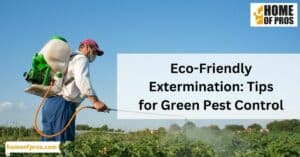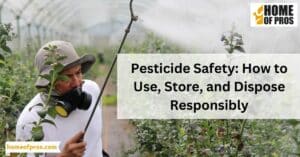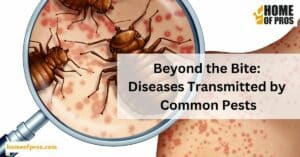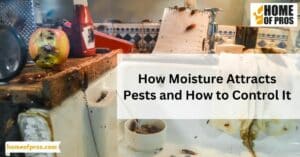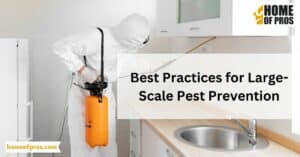Chemical pest control offers rapid results but may have adverse environmental and health impacts. Biological pest control relies on natural predators and parasites, offering a more eco-friendly and sustainable alternative. The choice depends on your priorities, balancing quick solutions with long-term environmental considerations.
Pest control is a critical concern in agriculture and homes. Choosing the right pest control method is essential. This article explores chemical vs. biological pest control, weighing effectiveness, safety, and sustainability to help you make informed decisions for pest management.
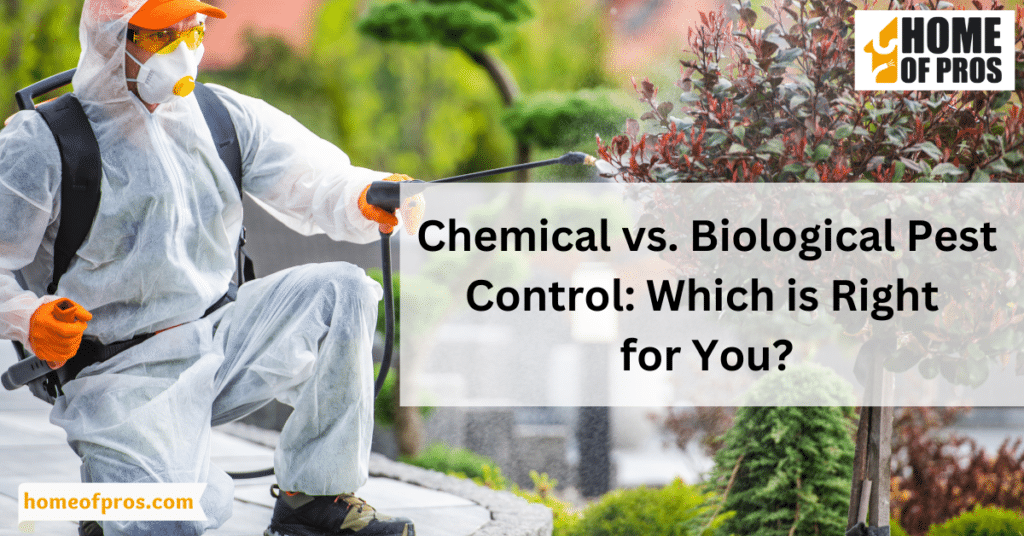
Understanding Chemical Pest Control
Chemical pest control relies on pesticides to combat pests by disrupting their physiological processes, ensuring rapid results. However, it carries inherent risks, including harm to non-target species and potential health concerns for humans.
For instance, widely used chemicals like neonicotinoids in agriculture and glyphosate-based herbicides have raised environmental and health questions. Therefore, it’s crucial to carefully consider the immediate effectiveness of chemical pest control against these potential long-term drawbacks before choosing this method for pest management.
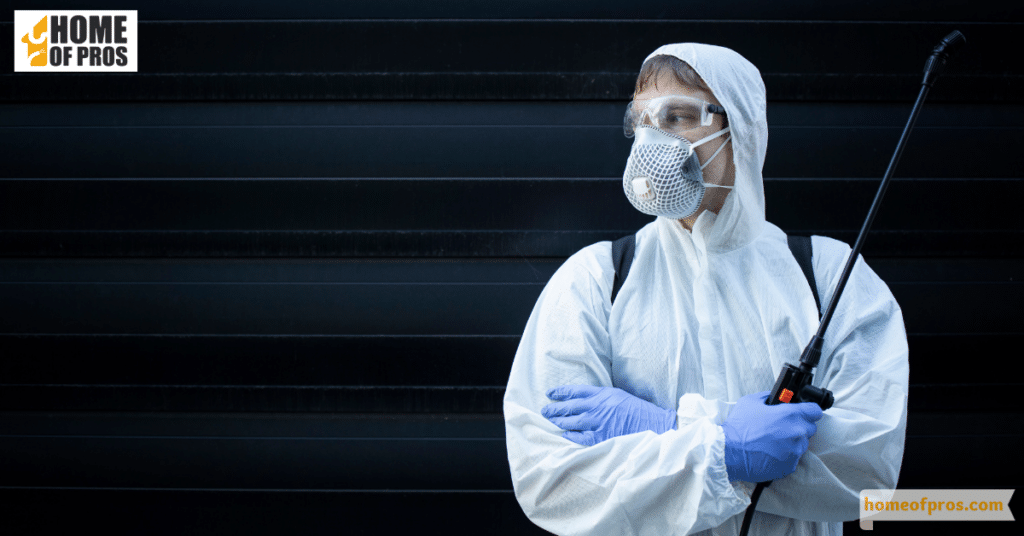
Exploring Biological Pest Control
In the quest for sustainable and eco-friendly pest control solutions, biological pest control emerges as a compelling alternative. This approach harnesses the power of nature’s own agents to combat pests, offering a promising way forward for pest management. In this segment, we will delve into the world of biological pest control, defining its principles and showcasing its environmental benefits.
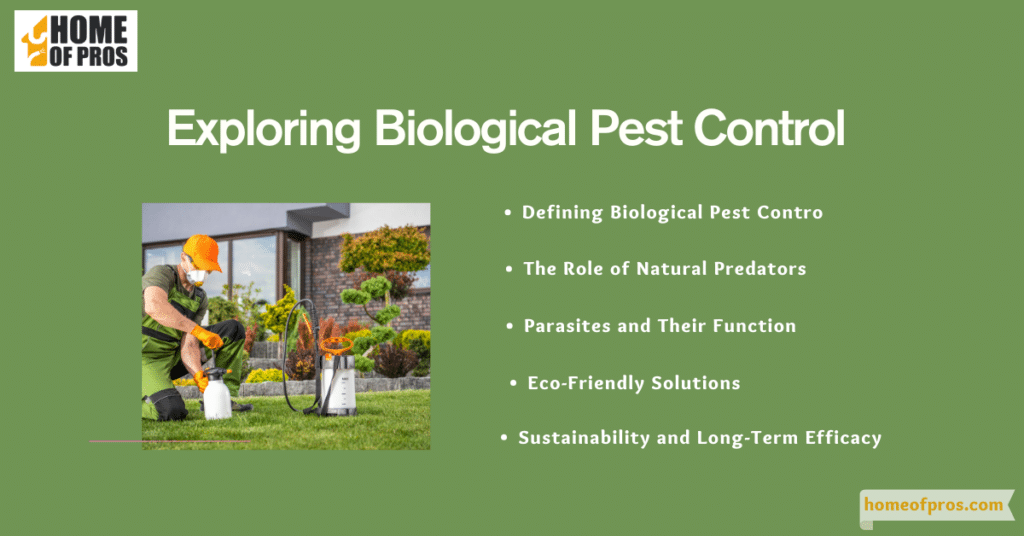
- Defining Biological Pest Control: At its core, biological pest control relies on natural mechanisms to manage pest populations. This entails introducing or encouraging the presence of natural predators and parasites in the ecosystem to keep pest numbers in check.
- The Role of Natural Predators: Predatory insects, birds, and other organisms play a crucial role in biological pest control. By preying on pests, they help maintain a balanced ecosystem without the need for chemical interventions.
- Parasites and Their Function: Parasites, such as nematodes and certain wasp species, also contribute to biological pest control. They lay their eggs within pest organisms, ultimately reducing their numbers and mitigating damage.
- Eco-Friendly Solutions: One of the standout advantages of biological pest control is its eco-friendliness. Unlike chemical pesticides, biological control methods do not leave harmful residues or contribute to pollution. They are in harmony with nature’s balance.
- Sustainability and Long-Term Efficacy: Biological pest control solutions, once established, often exhibit sustainable, long-term efficacy. This reduces the need for repeated applications and the associated environmental impacts.
As we delve deeper into the realm of biological pest control, it becomes evident that nature itself provides us with powerful allies in the fight against pests. By understanding and harnessing the principles of biological control, we can move towards more sustainable, eco-friendly, and effective methods of pest management, ultimately benefiting both our ecosystems and agricultural endeavors.
Effectiveness and Efficiency
In the realm of pest control, the ultimate measure of success lies in effectiveness and efficiency. As we navigate the ongoing battle against pests, it’s imperative to weigh the merits of chemical and biological pest control methods across a spectrum of variables. This segment explores how these methods stack up in terms of their effectiveness, sustainability, and real-world outcomes.
Effectiveness and Efficiency: A Comparative Analysis
| Aspect of Comparison | Chemical Pest Control | Biological Pest Control |
|---|---|---|
| Effectiveness | Often rapid results | Varied, may be slower |
| Target Pest Range | Broad spectrum | Target-specific |
| Environmental Impact | Potentially harmful | Eco-friendly |
| Long-Term Sustainability | Often requires repeat applications | Can be self-sustaining |
| Case Studies/Statistics | Statistics show immediate pest reduction | May take time to establish |
| Pest Resistance | This can lead to resistance issues | Less likely to lead to resistance |
As we compare and contrast the effectiveness and efficiency of chemical and biological pest control methods, it becomes evident that there is no one-size-fits-all solution. The choice depends on various factors, including the type of pests, the environment, and long-term sustainability goals.
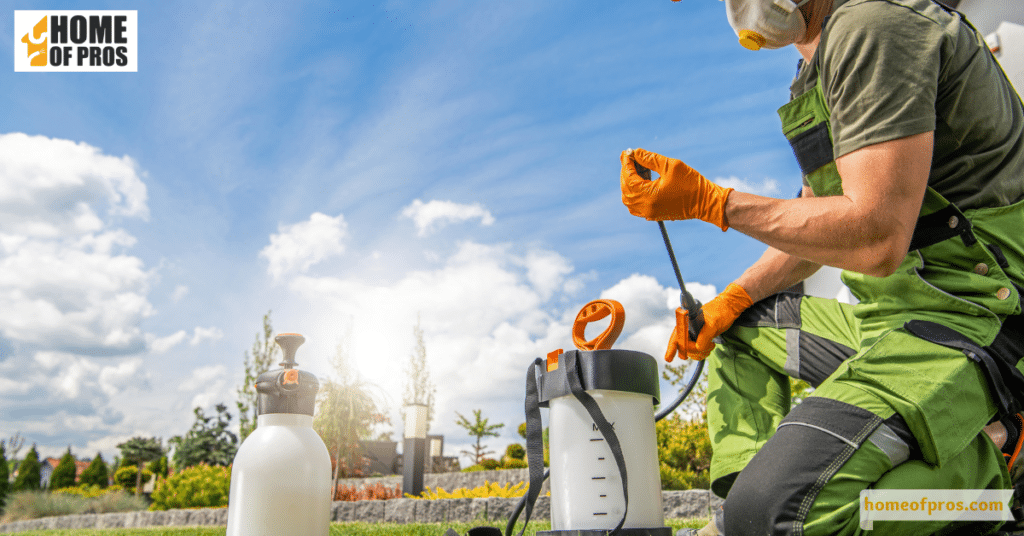
Safety Considerations
In the world of pest management, safeguarding human health, ecosystems, and the environment is a paramount concern. This section delves into the critical safety aspects of both chemical and biological pest control methods, shedding light on the potential risks and benefits associated with each approach.
Chemical Pest Control Safety
Chemical pesticides, while often effective in rapidly eliminating pests, come with inherent safety challenges. These challenges include:
- Environmental Impact: Chemical pesticides can contaminate soil and water, leading to long-lasting ecological consequences.
- Non-Target Effects: They may unintentionally harm beneficial organisms, disrupting the natural balance of ecosystems.
- Human Health Concerns: Prolonged exposure or improper handling of chemical pesticides can pose health risks to applicators and bystanders.
Biological Pest Control Safety
Biological pest control methods offer a safer alternative:
- Eco-Friendly: Biological control agents, such as natural predators and parasites, leave no toxic residues in the environment, reducing harm to non-target species.
- Targeted Approach: These methods focus on specific pest species, minimizing collateral damage to beneficial organisms.
- Reduced Health Risks: Biological control agents are generally safer for human health, making them a preferred choice in many situations.
Understanding the safety considerations of both chemical and biological pest control methods empowers individuals and professionals to make informed choices. By adopting proper handling procedures, exploring alternative solutions when possible, and integrating pest management practices judiciously, we can strike a balance between effective pest control and the well-being of our environment and communities.
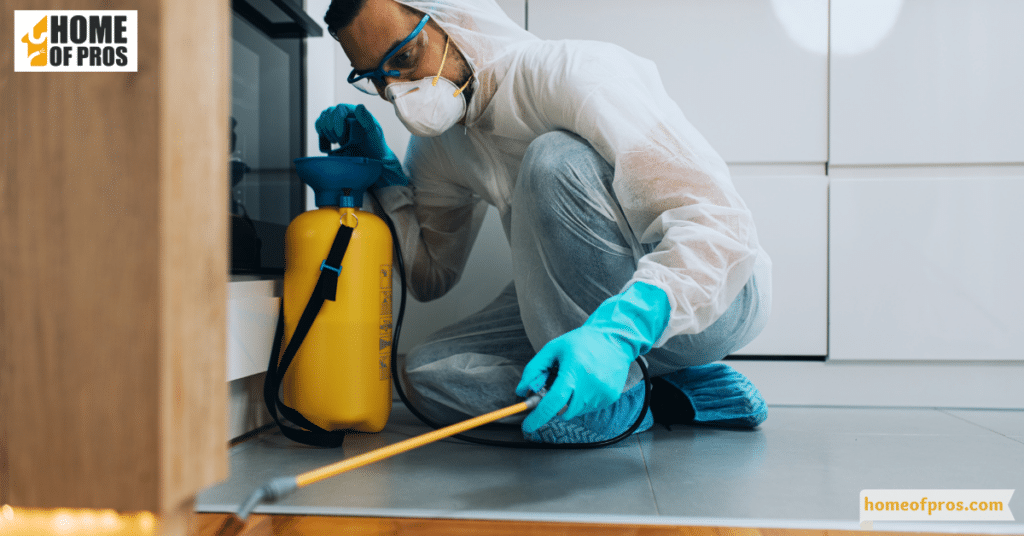
Making the Right Choice
Selecting the appropriate pest control method is a pivotal decision that hinges on a series of crucial considerations. Firstly, accurately identify the specific pest and evaluate the extent of the infestation. Secondly, take into account your environmental priorities, keeping in mind that chemical pesticides may carry a larger ecological footprint compared to eco-friendly biological alternatives.
Additionally, weigh the economic factors, including material and labor costs, and factor in any potential long-term expenses. Don’t overlook human health risks associated with chemical pesticides for yourself, workers, and residents in proximity. Embracing an integrated pest management (IPM) approach that combines diverse strategies can help minimize reliance on chemical pesticides.
Seek counsel from agricultural extension offices or pest control professionals, stay abreast of the latest developments in pest control methods, and remain adaptable to evolving pest populations and environmental conditions for effective and sustainable pest management.

In conclusion
When it comes to pest control, making the right choice is crucial for effective and responsible management. Identifying the pest, assessing infestation severity, considering environmental impact, weighing economic factors, and evaluating potential health risks are essential steps in the decision-making process.
Embracing integrated pest management (IPM) and seeking expert guidance further enhance your ability to make informed choices. Staying informed and adaptable to changing conditions is the key to successful, sustainable pest management that safeguards both your interests and the well-being of the environment.

